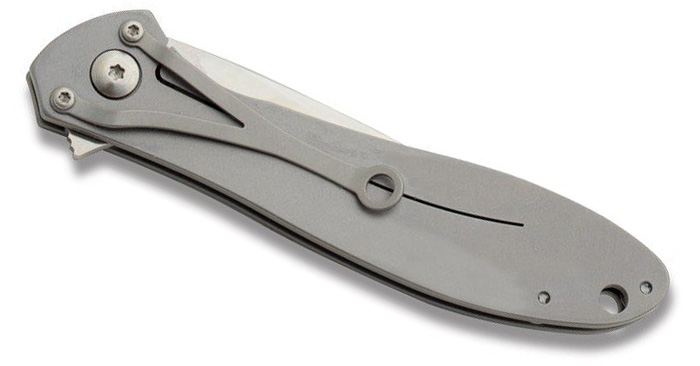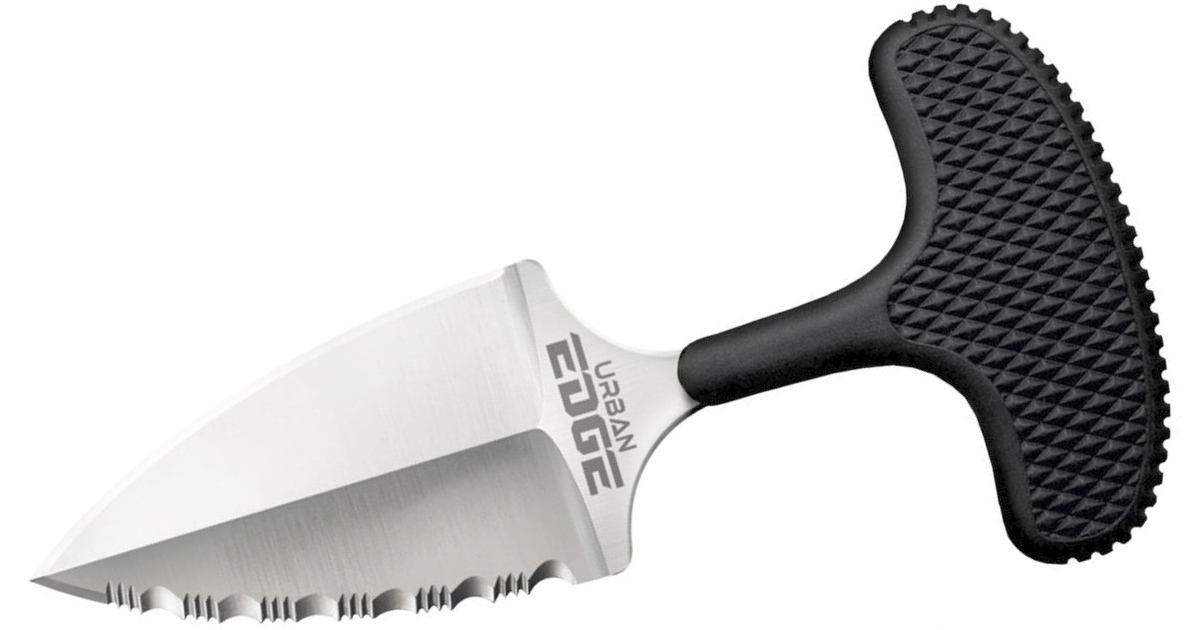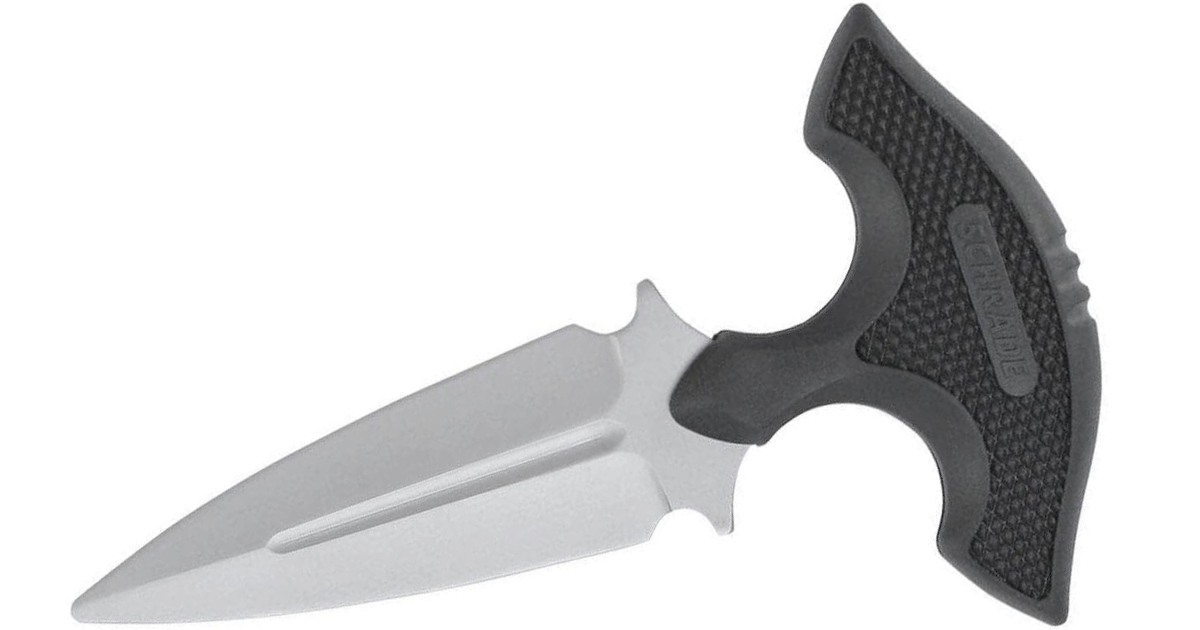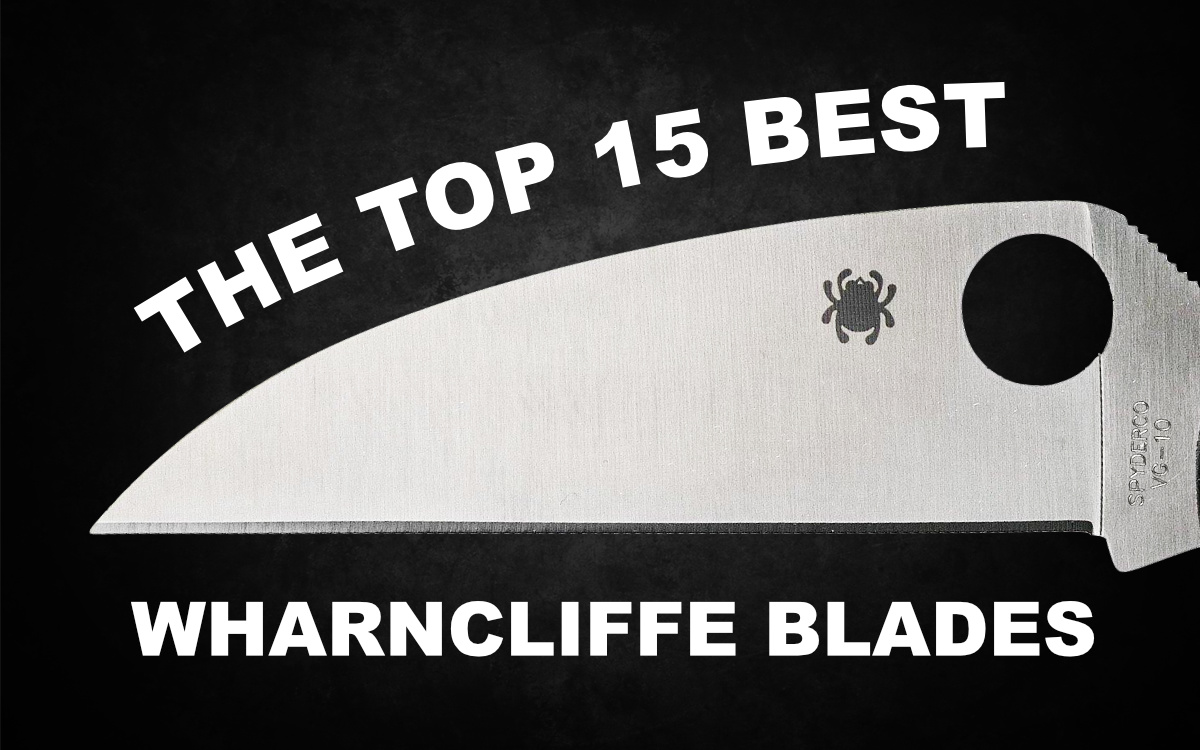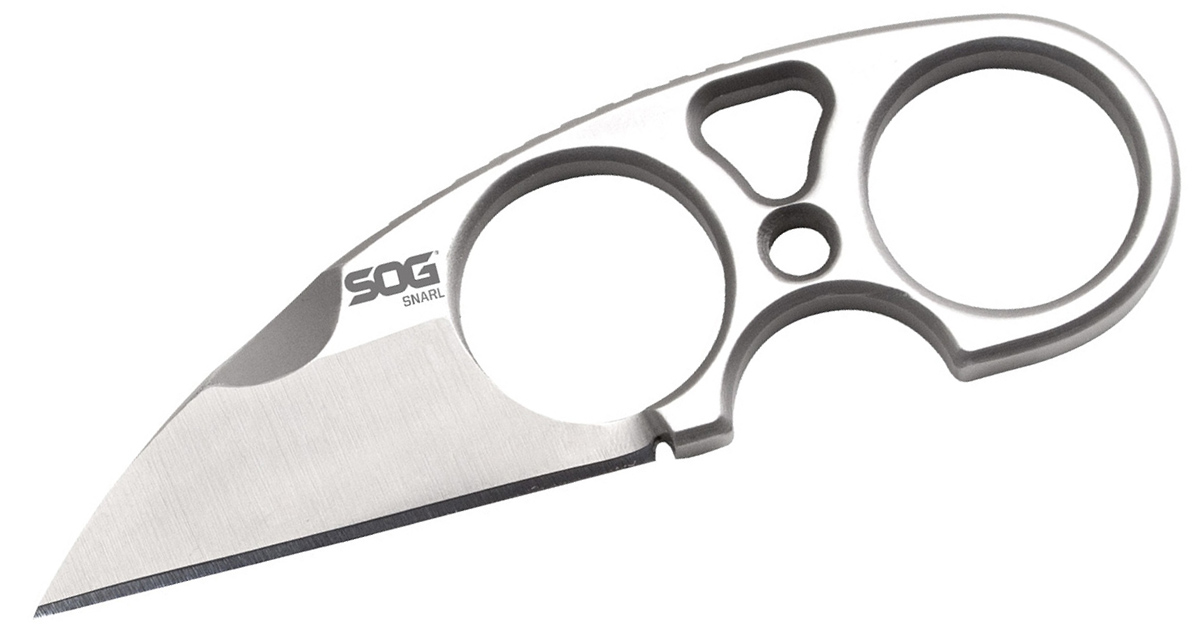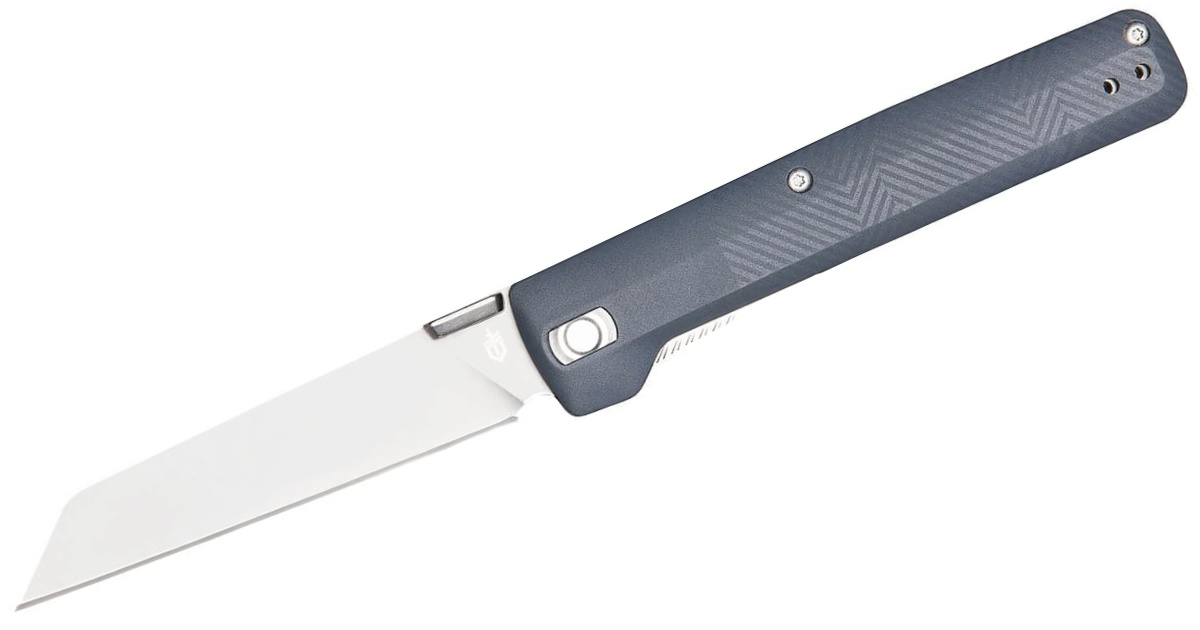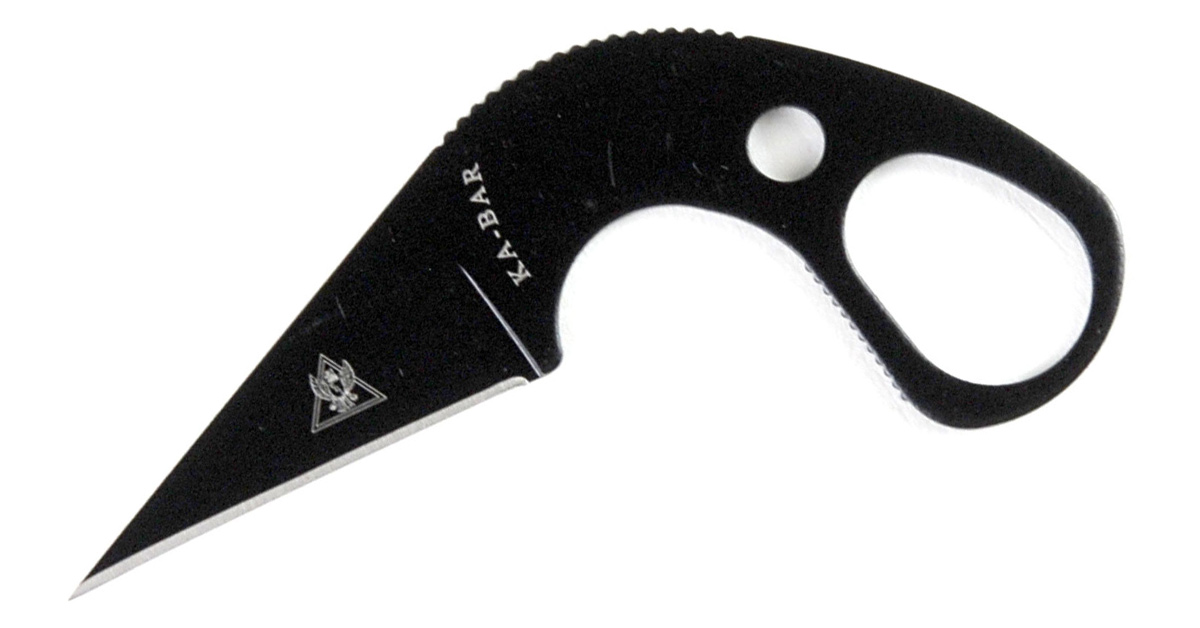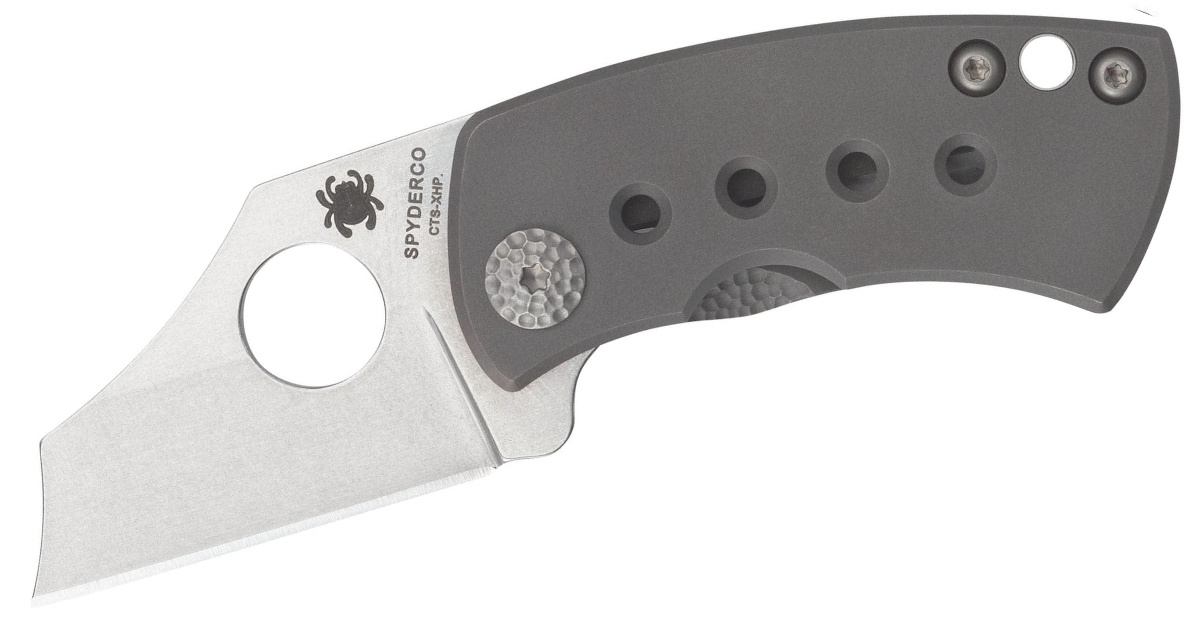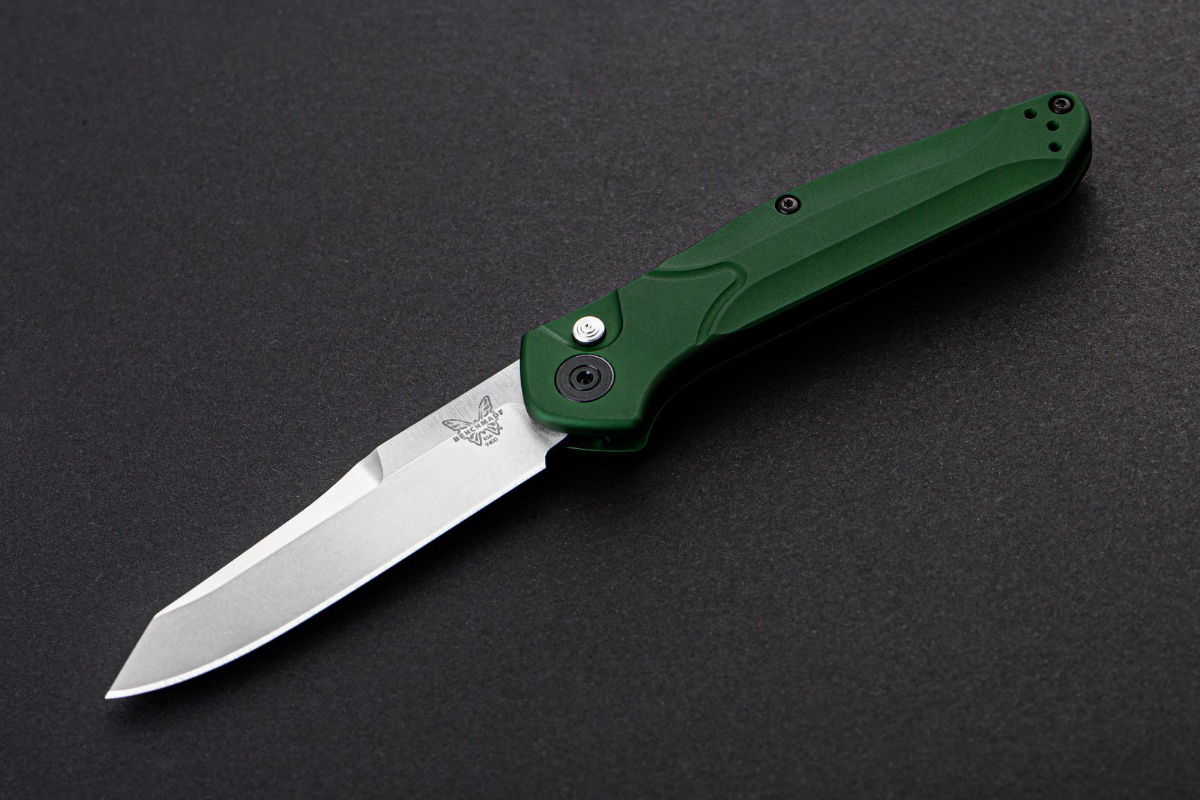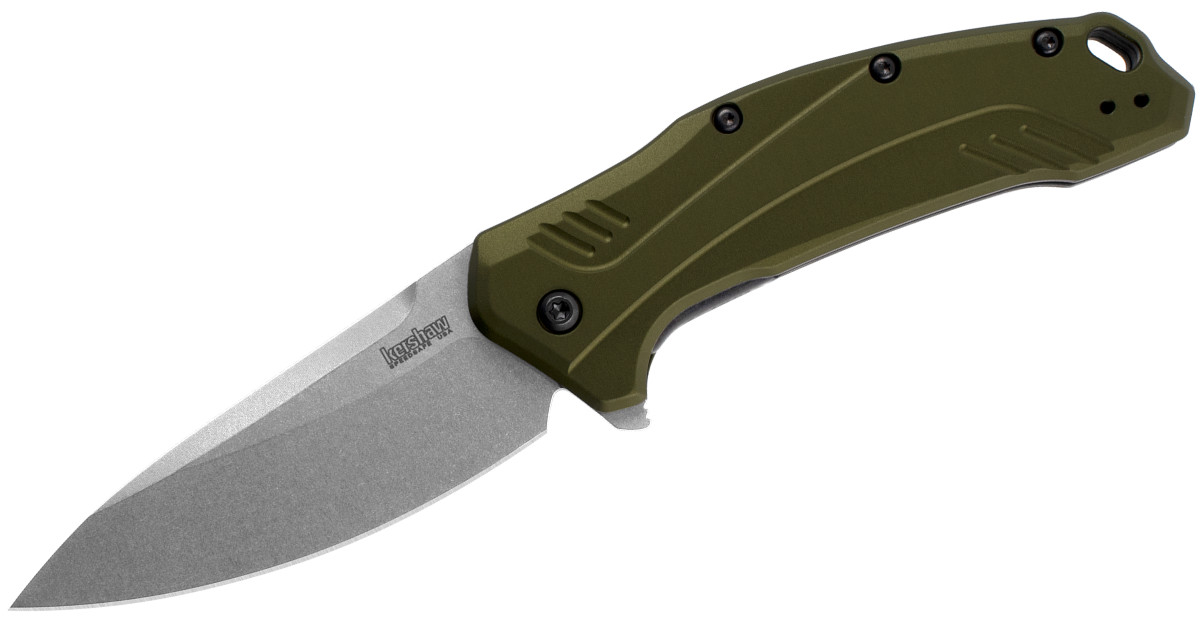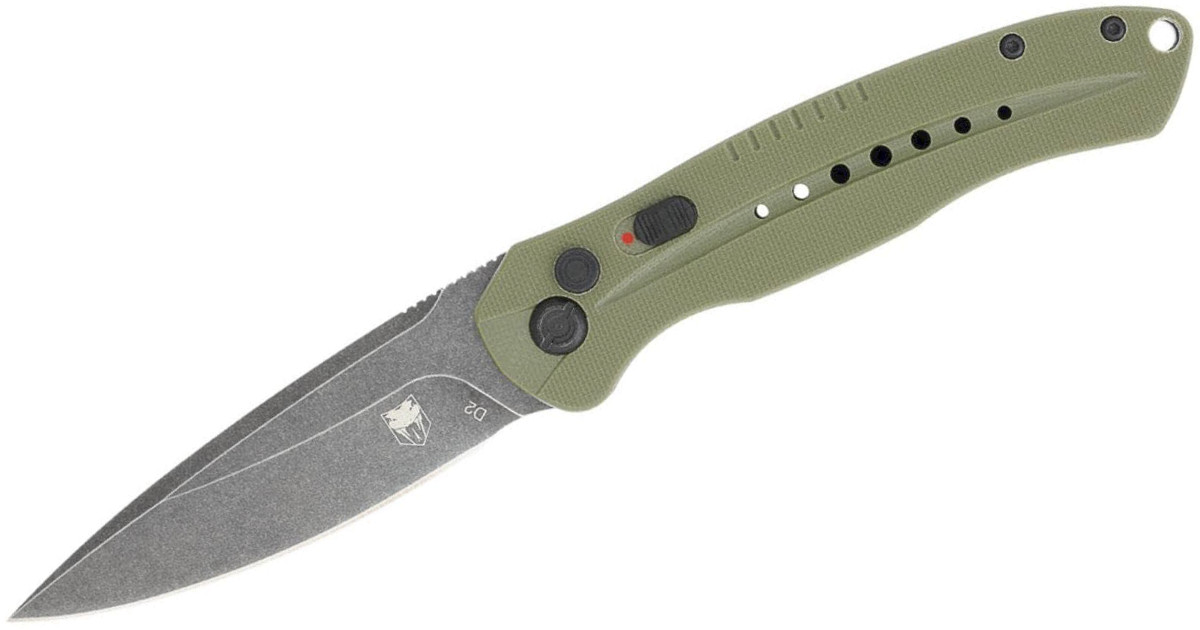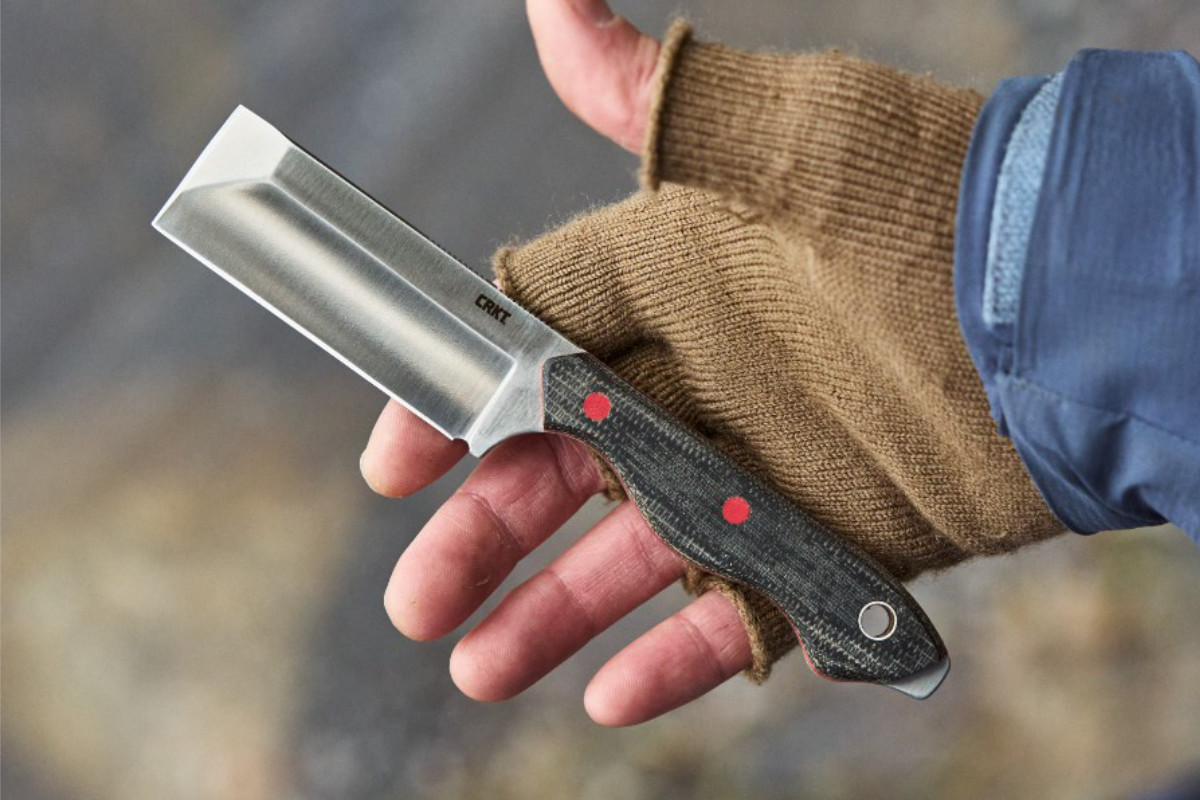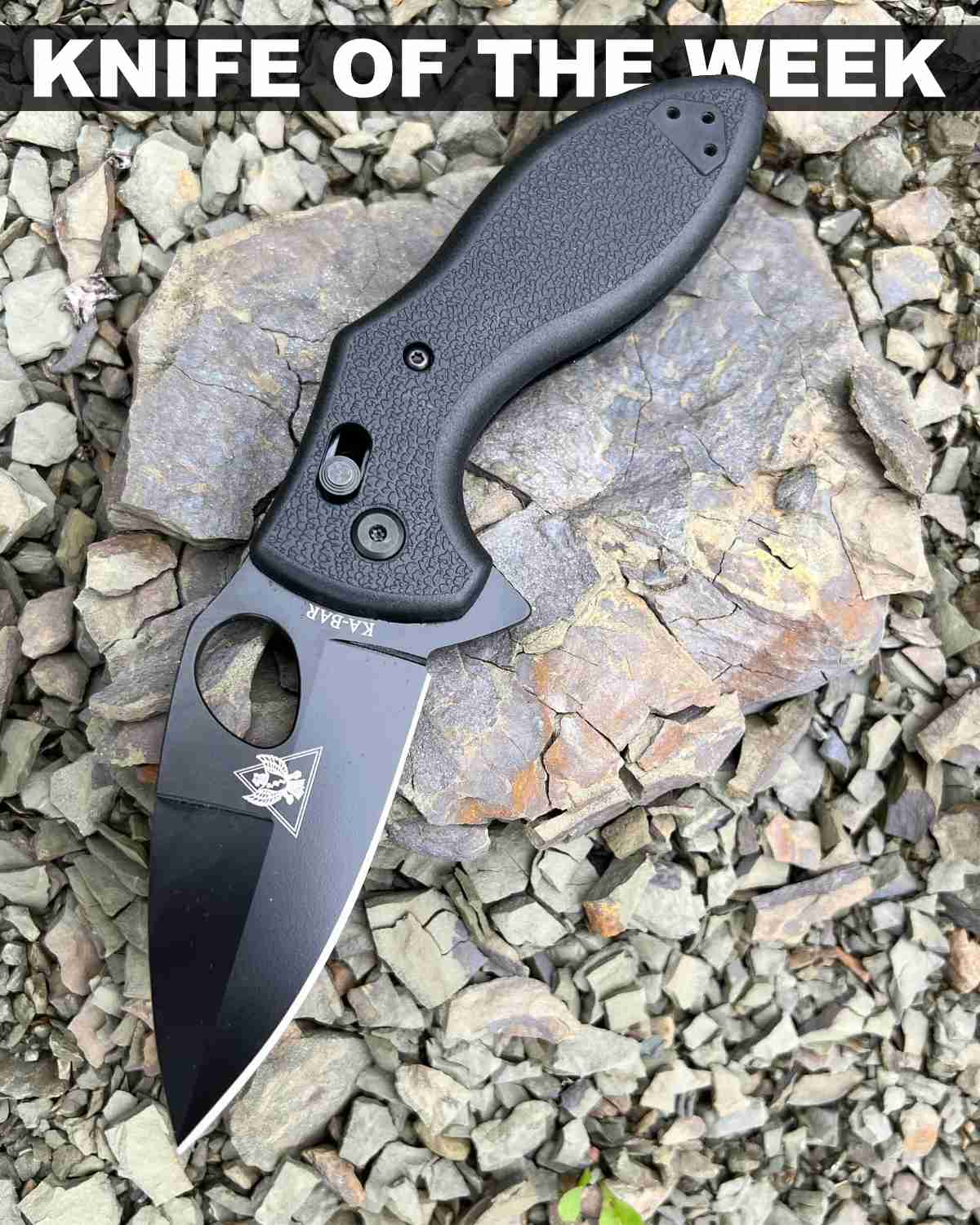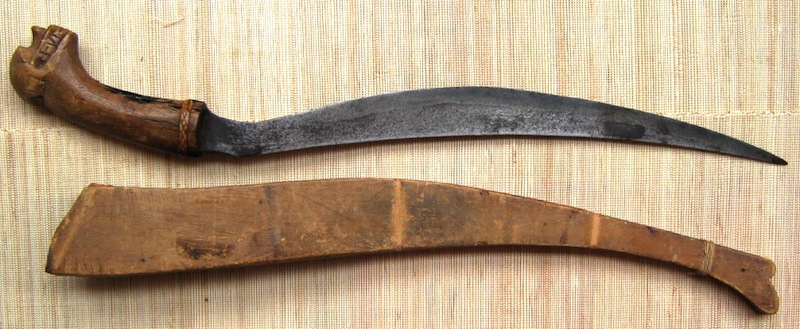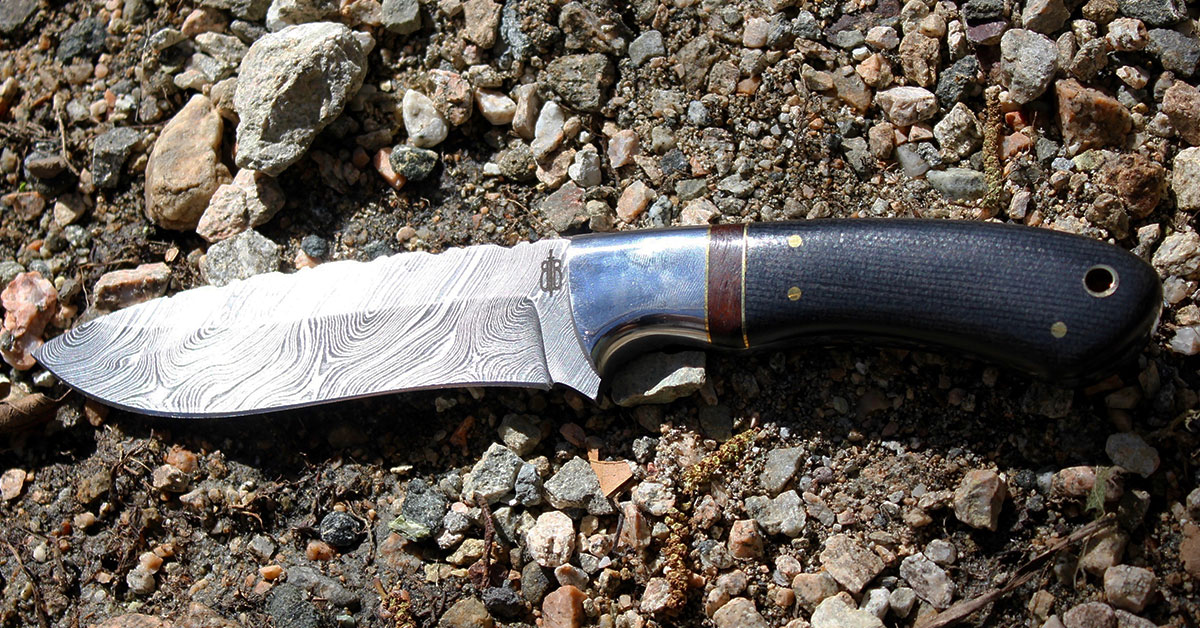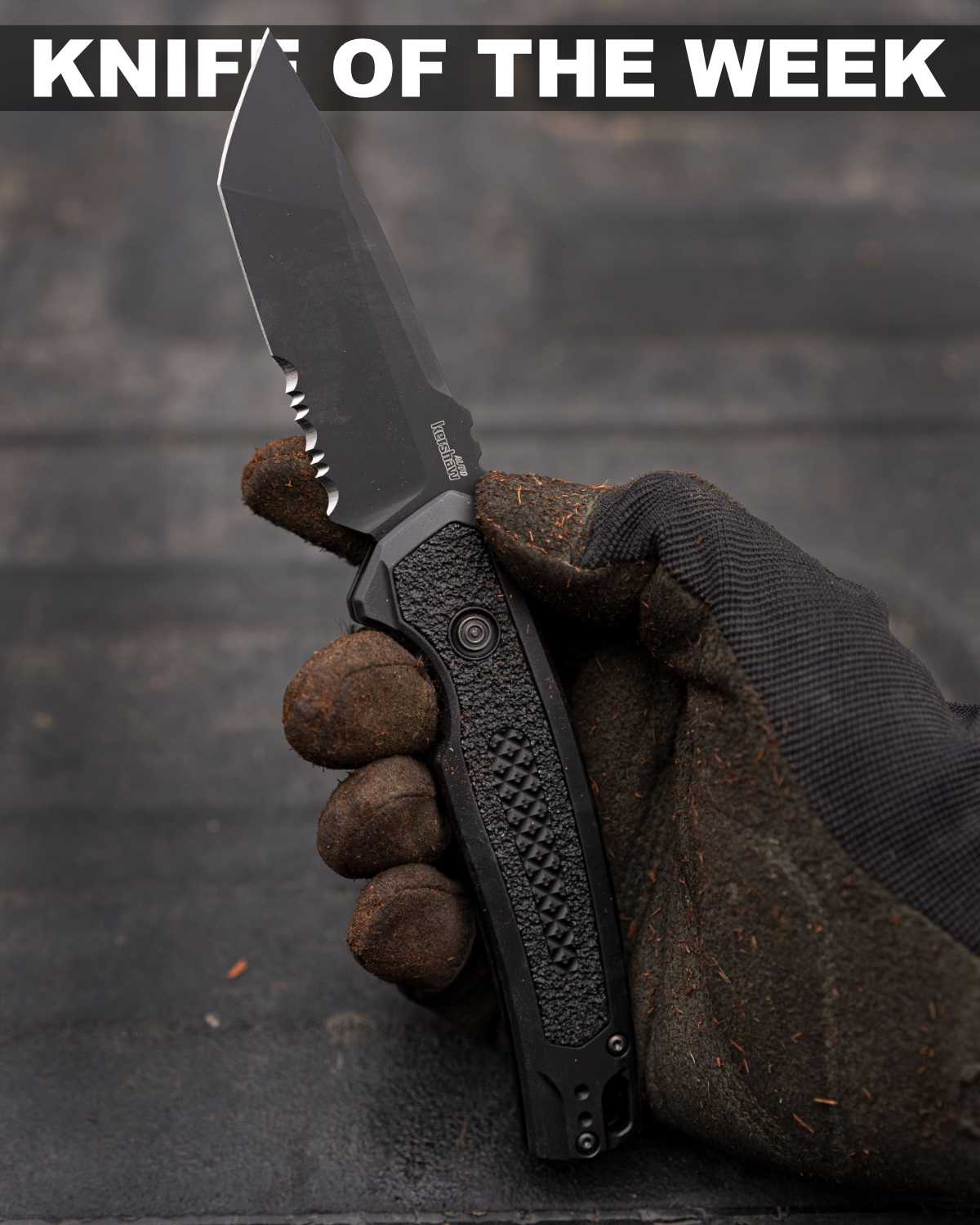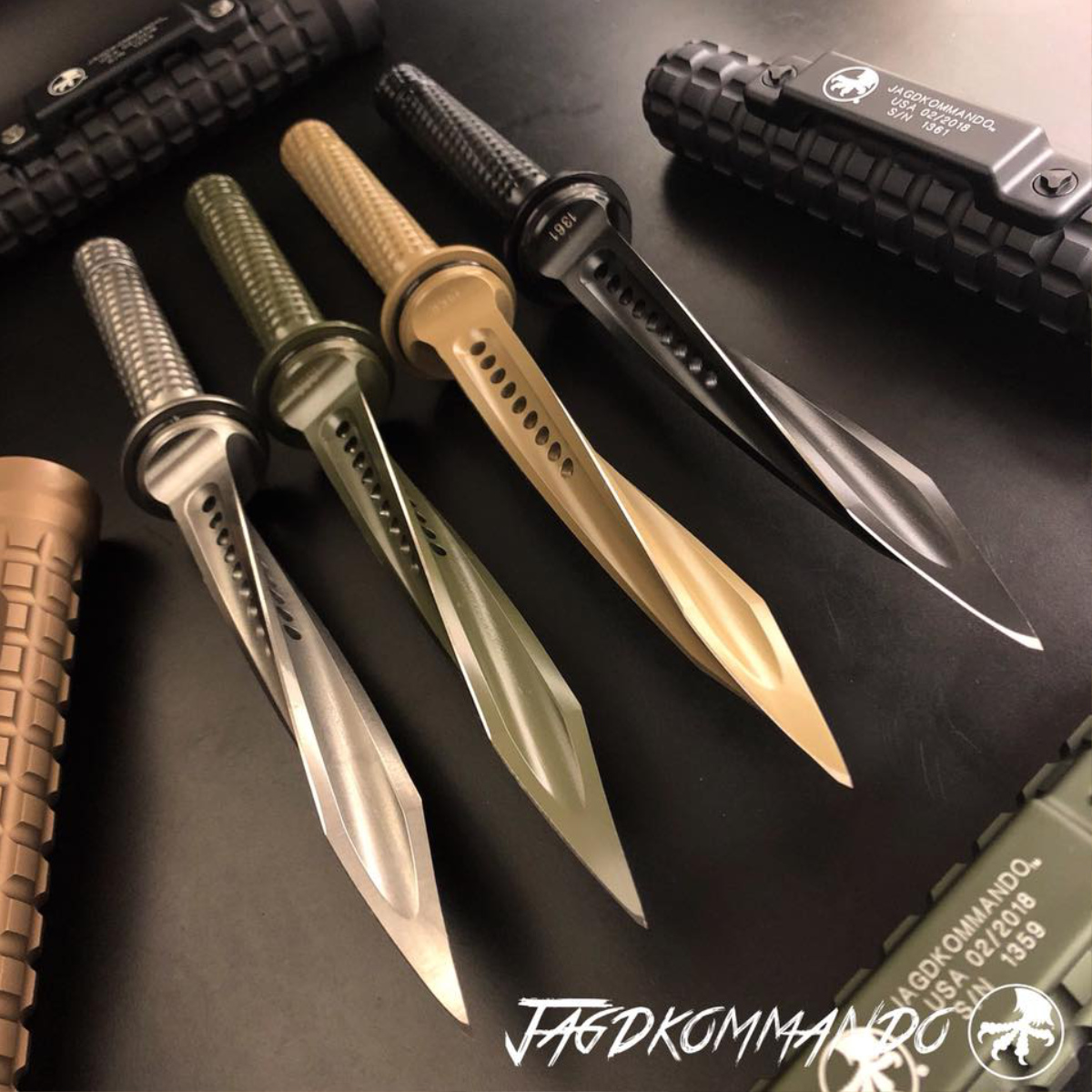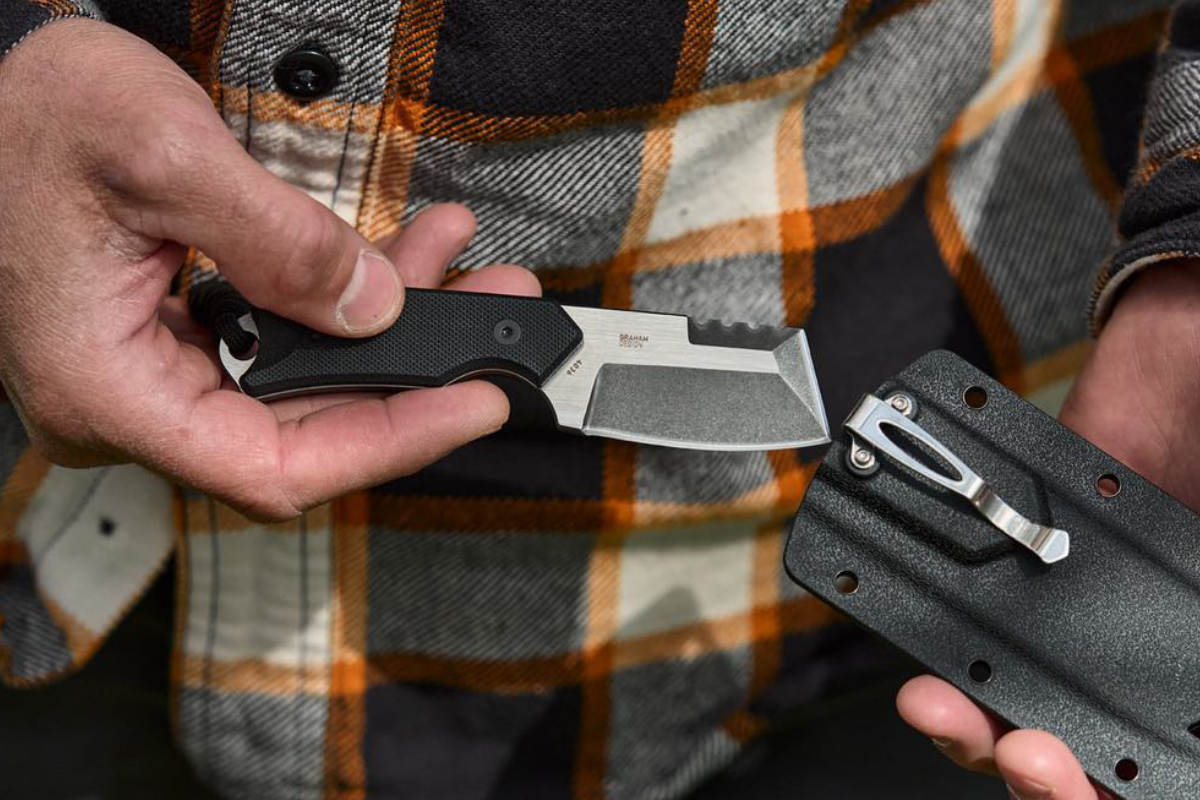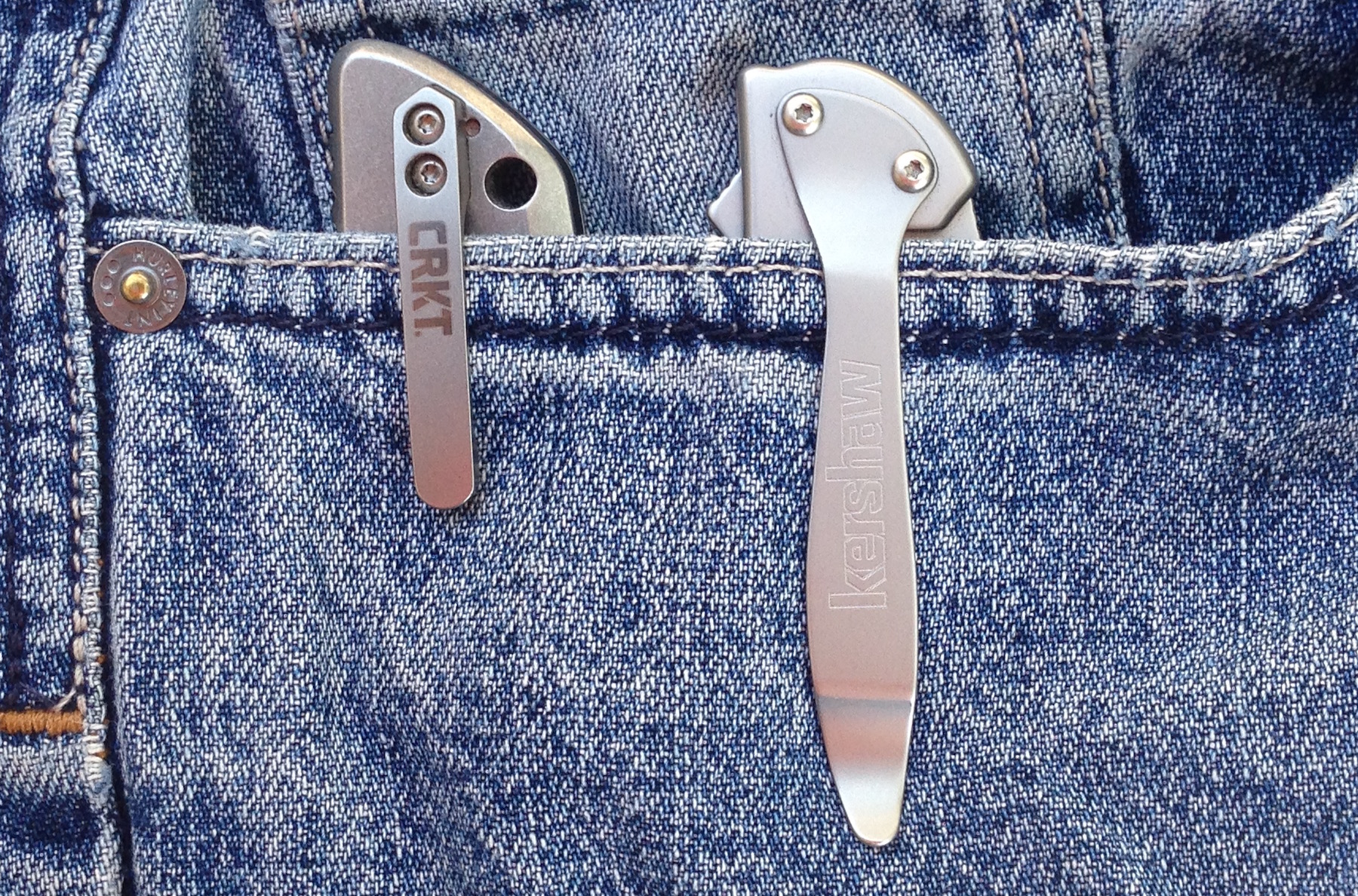
This post was first written in August 2016 and was updated in April 2024.
A pocket clip can make or break a knife.
Even though it’s easy to remove a pocket clip on most models (and there are some good reasons why you should remove it), many people won’t buy a knife with a poorly designed clip.
During our time selling and handling knives, we’ve come across some major disappointments in the pocket clip area. While we don’t think a knife is lost beyond redemption because of a bad clip (replacing a clip is also just as easy as removing it), it can be the low point on a great knife.
So we assembled a list of 10 of the worst pocket clips around. (We opted for knives still or recently in production because it’s too easy to pick on an old model like the Schrade Cliphanger.) All of these are a matter of opinion, so while you may hate some of these, others may love them. That’s just the way these things go.
15. WE Vision R
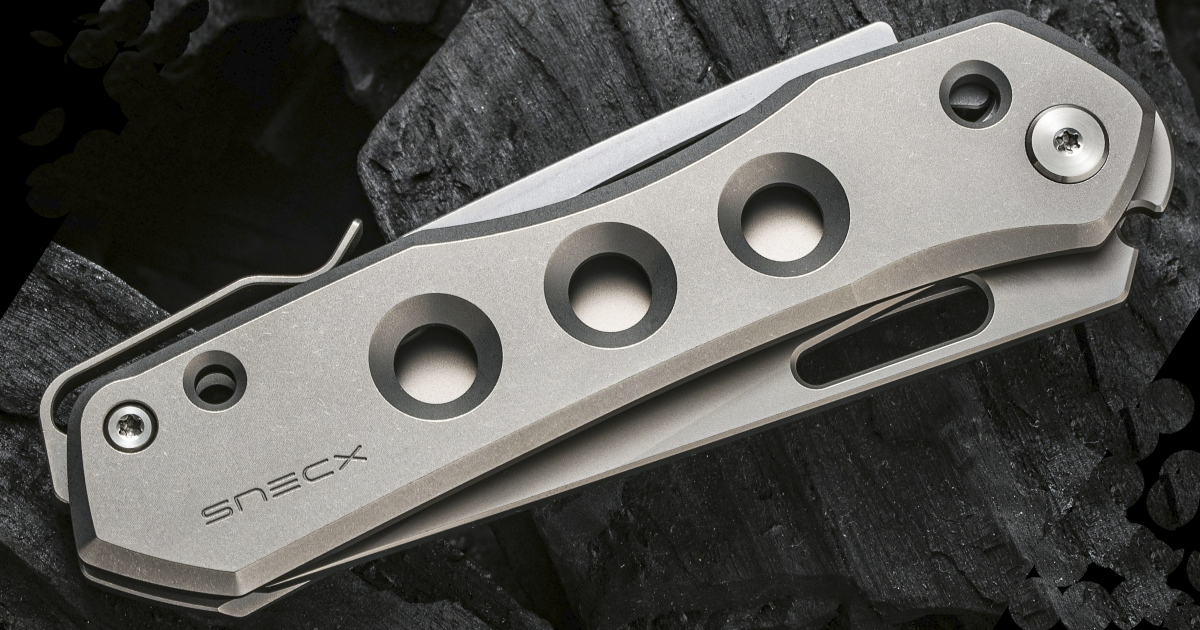
Sometimes when a knife designer tries to do something different from the norm, it can be hit or miss. The clip on the WE Vision R tries to shake things up to middling success. This is a clip that many people hate and a few people admire.
It essentially takes the classic clip but instead of putting it on the side, it’s on the top of the knife. Most people say it’s just too awkward to put in the pocket and take out.
This clip style isn’t brand new, of course. The late Jon Graham was one of the first pioneers of this type of clip, but those were just a little better.
14. CRKT Eros
Ken Onion is one of the most influential knife makers alive, having set an industry standard for assisted openers and folding knives in general. But he just can’t seem to make an outstanding pocket clip.
The clip on Onion’s CRKT Eros is not his worst (that’s still to come), but it’s nothing to write home about. CRKT calls it “an extremely unique custom style carry clip” in its product description, but it looks very gangly and thin.
Along with the fact that it’s a one position clip—tip-down, right hand—some have complained it’s susceptible to bending. That’s not surprising considering how narrow it is.
13. Hogue EX-01
Hogue may be better known for its gun grips, but it makes some darn good knives. The Hogue EX-04 was one of our Badass Knives of the Week a while back. Despite its well-made knives, the clips are frequently a subject of derision among knife fans.
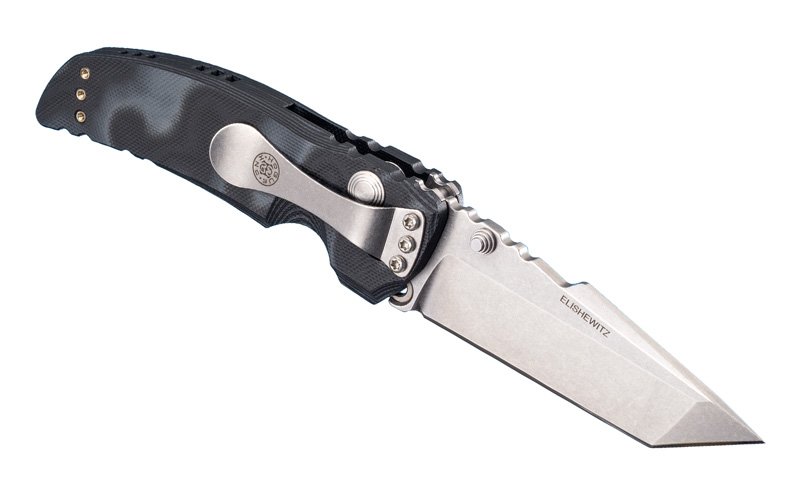
I’ve read several accounts of people saying they won’t buy a Hogue because of the clip. Many Hogue models feature a spoon-style clip that’s fairly large and almost feminine as Dan from Blade Reviews calls it.
